ProView – Mountain Hardwear Nimbus UL 1 Tent
The Mountain Hardwear Nimbus 1 is a three-season front-entry ultralight tent designed for backpackers, through-hikers, bikepackers, and even long-distance mountain athletes.
It comes with a single wishbone pre-bent DAC Featherlite™ NFL frame that inserts into three graduated-opening aluminum tabs secured to the rear center and front corners. Its chemical-free, cloud-white silnylon fly drapes to the ground to provide full protection and create a small but useful front vestibule. It connects to the tent body at each stake-point and if preferred, also along the tent’s lower mid-points. The fly uses a length of micro-cord with an included tensioner that loops around notches in the pole insert point.
Mountain Hardwear Nimbus UL 1 Tent

Product Name: Mountain Hardwear Nimbus UL 1 Tent
Product Description: Carrying a heavy pack sucks, but so does getting drenched by unexpected showers or ravaged by blood-thirsty mossies—our Nimbus™ UL Single Door 1P Tent solves the dilemma. With streamlined features and a sil-nylon rainfly that offers full protection without dyes, PU-coatings, or flame-retardant chemicals, the Nimbus is an integral part of your ultralight trail kit.
Offer price: $330 MSRP
-
Quality
(5)
-
Features
(5)
-
Space
(4)
-
Durability
(3)
Summary
The Nimbus 1 is an ideal, top-of-the-line option for all skill levels, requiring none of the technical setup expertise or extra cordage that often accompanies flat tarps or hammock setups. This is the elite tent for the every-day solo backpacker. Its users can post-up at camp along mile 1,504 with the Nimbus 1 with the same level of confidence in their gear choices as the hiker with the $1,200 Dyneema shelter. And you’ll be setup faster, too.
Overall
4.3Pros
- Packability
- Weight
- Fly design and manufacturing
- Ease of setup
- Stability
Cons
- Interior space
- Durability
- Ingress/egress
The tent body marries to the pole via G-Hooks that grab hold of a cord-loop along the tent’s canopy. This is the first time I’ve seen this design and it surely won’t be the last. I hope it gets deployed on tents at all levels unless there is some design flaw that surfaces when part of heartier shelters. The tent body’s corners are vertically semi-rigid, creating a triangle from tent to stake, an appreciated feature I’m sure was inspired by Henry Shires’ TarpTent designs.
The Nimbus 1 is an ideal, top-of-the-line option for all skill levels, requiring none of the technical setup expertise or extra cordage that often accompanies flat tarps or hammock setups. This is the elite tent for the every-day solo backpacker. Its users can post-up at camp along mile 1,504 with the Nimbus 1 with the same level of confidence in their gear choices as the hiker with the $1,200 Dyneema shelter. And you’ll be setup faster, too.
Packability/Weight
I think people neglect a tent’s packability for the sake of its weight. I often hike with tarps because I can simply stuff them into a pack, allowing it to absorb all the space it wants. Everything else can go around it. Or, I can shove it in last to absorb space around the pack collar and help capture obscure items that would otherwise bounce around up top.
And then Mountain Hardwear made the Nimbus 1, a tent that offers the packing benefits of an unbagged tarp with the full-featured protection of a free-standing tent. It also happens to only weigh 1 lb. 14 oz. in its provided stuff sacks. You can save a little over two ounces by ditching them. There’s no doubt that this tent could get lost in my 100+-liter guide packs if packed inside. Yet, it can fit nicely in the exterior-access pockets of just about mid-range volume backpack.
Durability/Water Proofness
I tested the Mountain Hardwear Nimbus 1 over a few short backpacking trips outside of Truckee, CA during shoulder season, which this year was surprisingly mild. It did manage to see one night of on-and-off rain, which it stood up to as any modern tent should. The tent didn’t see any prolonged hard rain or hail, so its long-term weather durability can only be presumed to be good, given the general strength of silnylon and Mountain Hardwear’s well-won reputation in the industry.
Space
With the full understanding that this is an ultralight tent for the fast-moving mountain athlete, I do wish it provided a bit more room, which a truss or even slightly less tapered body design could accomplish. Still, I would hate to gain a few extra ounces for a tent ultimately designed to be only slept in or used as protection. Maybe a future version can find another square foot or two.
The front vestibule is certainly useful for keeping boots dry, water bottles handy, and expanding your space when mosquitoes aren’t an issue. There are two interior tent pockets placed above the door and to its side. No complaints. In fact, they keep items quite secure, even when getting yourself in and out of the tent. And on that note … front entry tents offer some advantages, such as the weight reduction of a single door and a tunnel-design that helps in windy conditions. But in this case, when the fly is attached, it’s a tight crawl that will require you to then spin around once inside. Just be aware that this rather minor issue is the reality of such a well-designed one-person shelter.
Features
From the zippers to the cool little tab of fabric that holds the door when open to the sturdy straps of hook-and-loop fabric to secure the fly to the poles, there are sharp features all over this tent. If it takes you more than three minutes to stake it out, it’s because it’s windy. Don’t plan on that lightweight fly cooperating in steady breezes. Otherwise, it’s crazy fast from pack to pitch, and the poles (the most lightweight in DAC’s lineup), make it all the easier.
Oh, and the rainfly’s lower middle tension points offer enough distance to create smaller vestibules on each side deep enough for a pair of boots and other small items.
Shop Mountain Hardwear on Outdoor Prolink. Not a member? Apply today!
About the Gear Tester

Craig Rowe
Craig is a full-time writer and backpacking/hiking guide living in Truckee, CA. He guides for Wildland Trekking in the Sierra and desert southwest and co-owns Pika Odysseys, a fledging wilderness wellness and experiences company. He's a fan of craft beer, good and bad coffee, and a not-so-mini Australian Shepherd named Ranger.

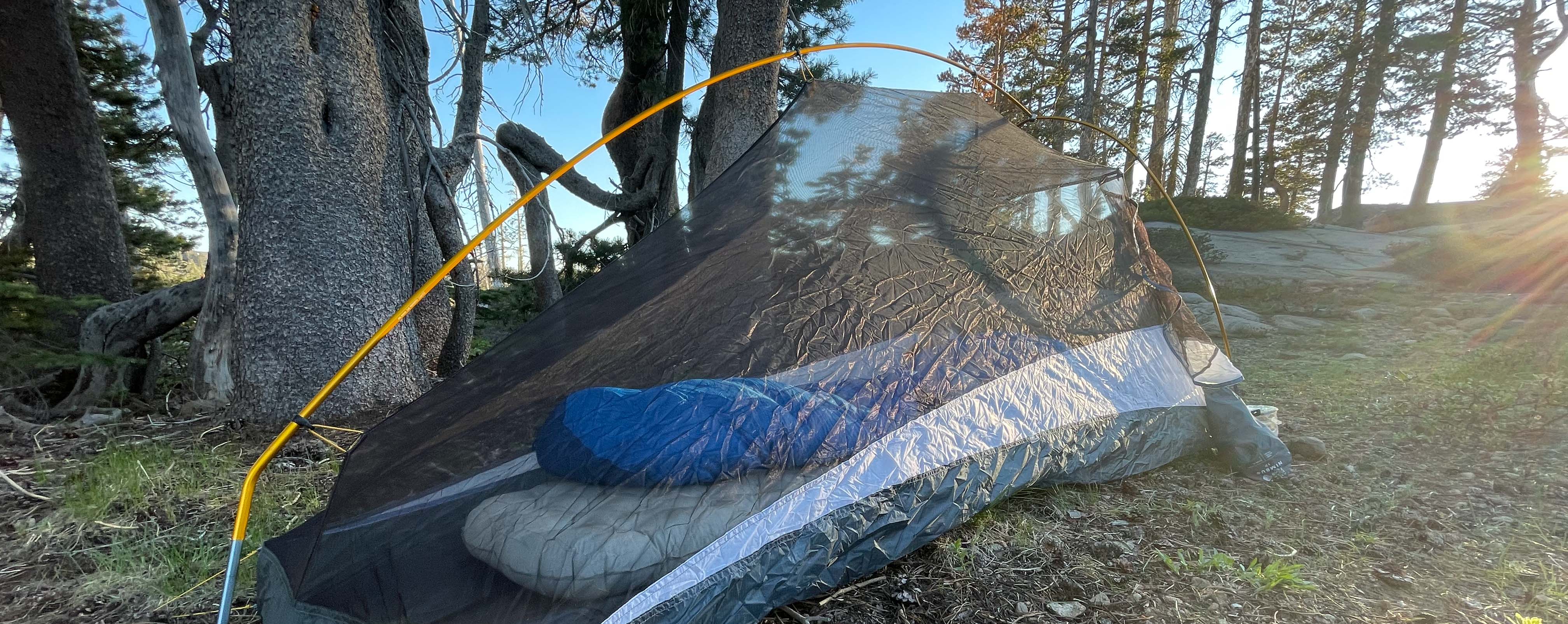

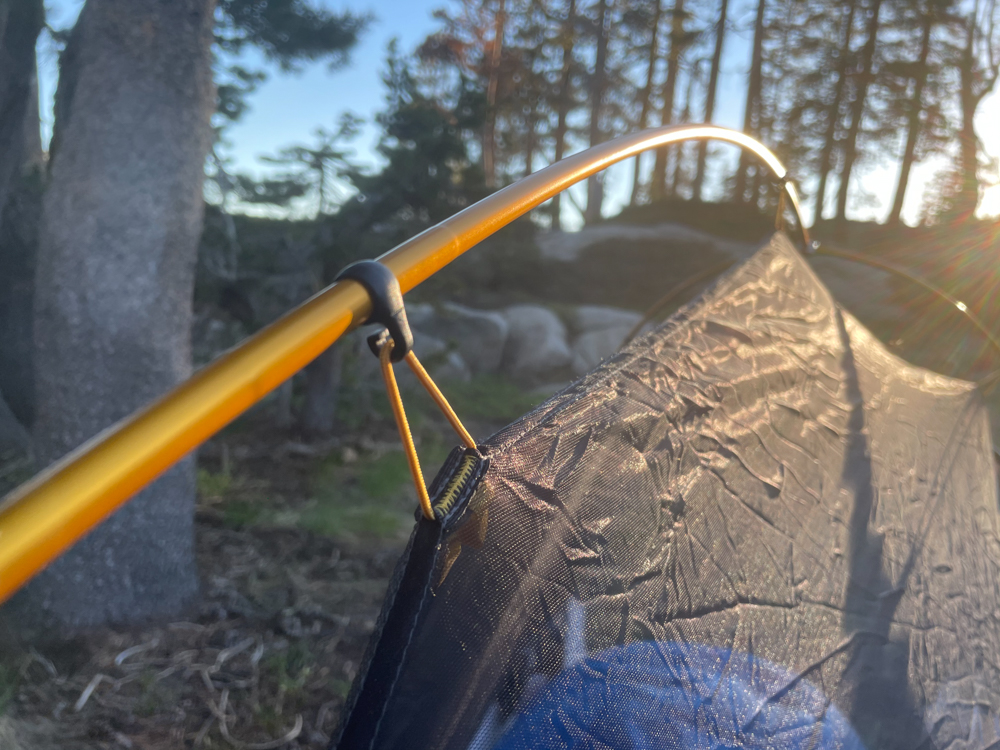
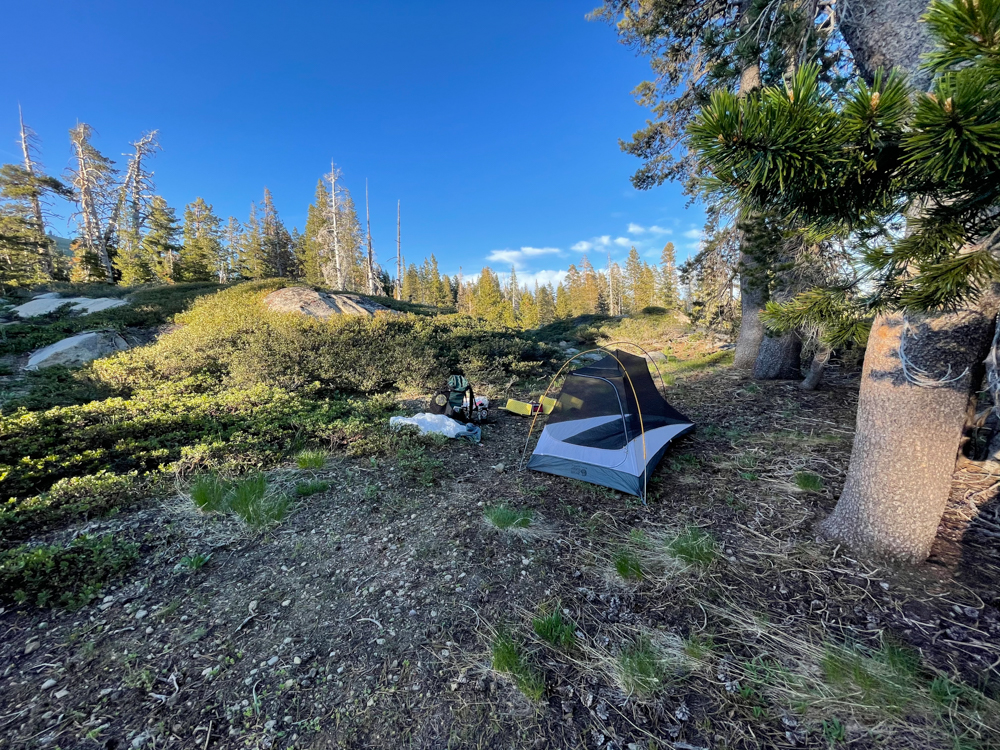


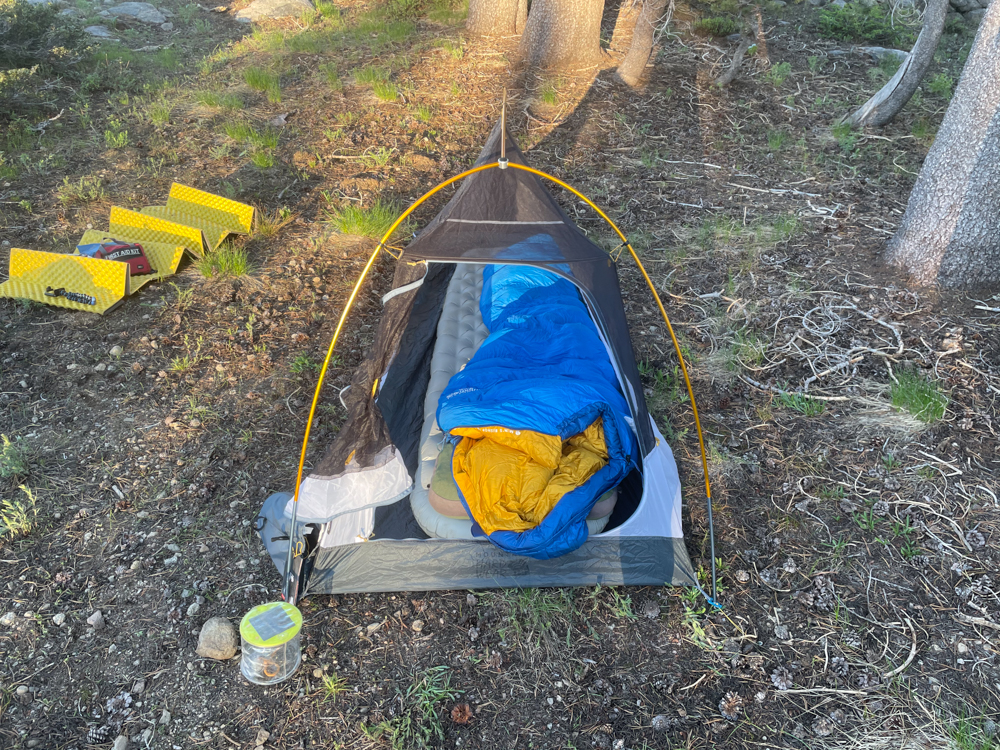
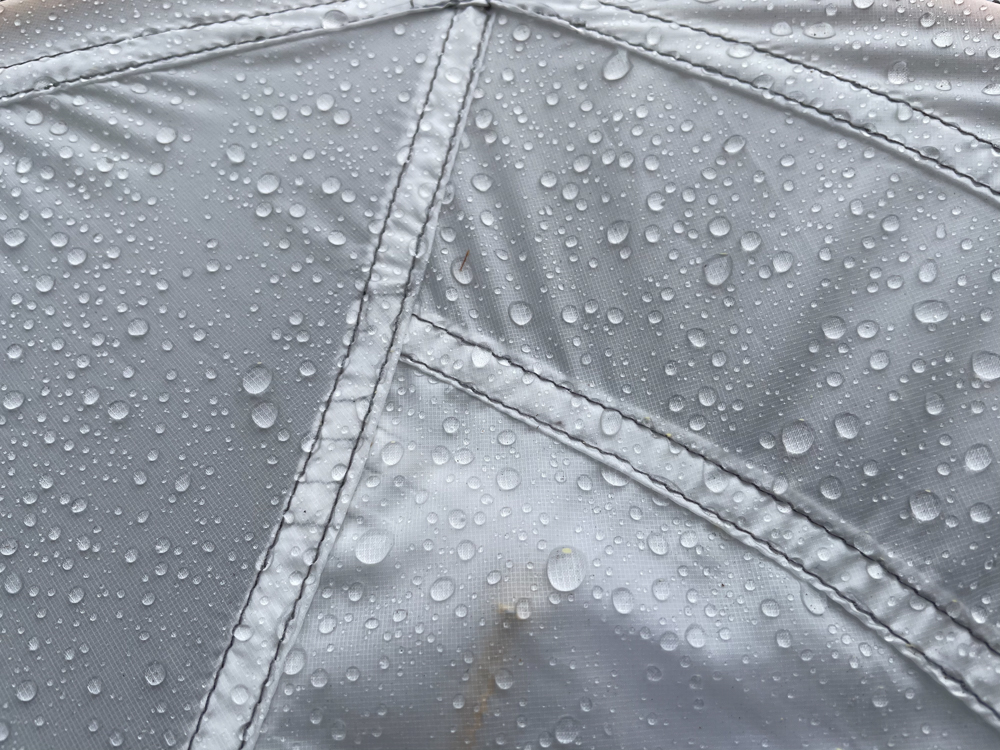


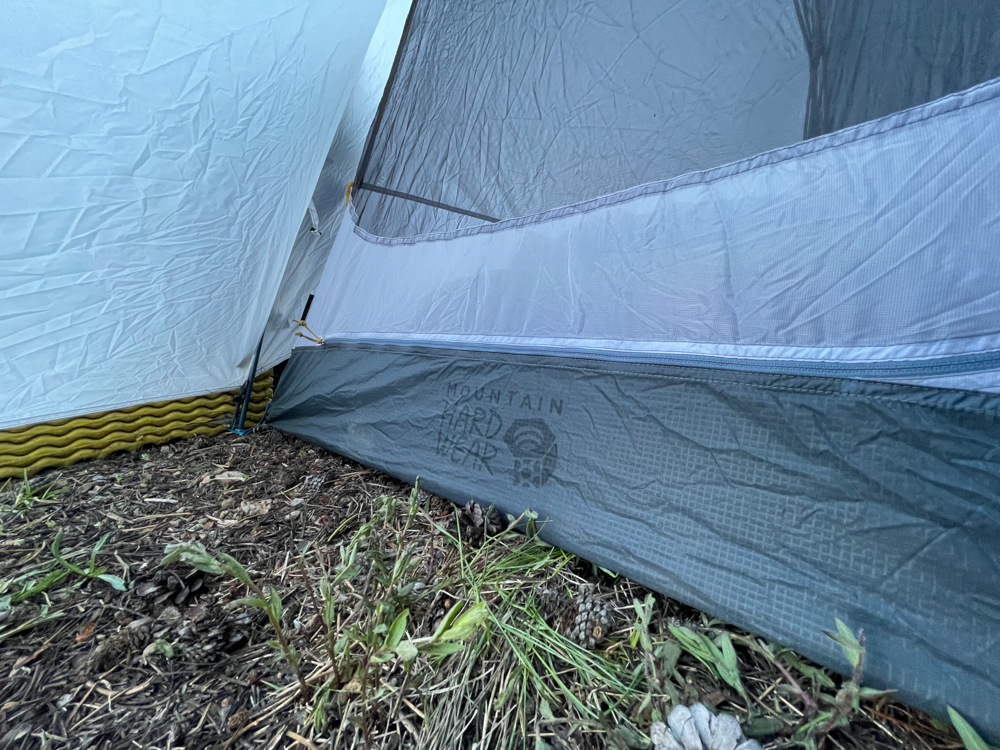
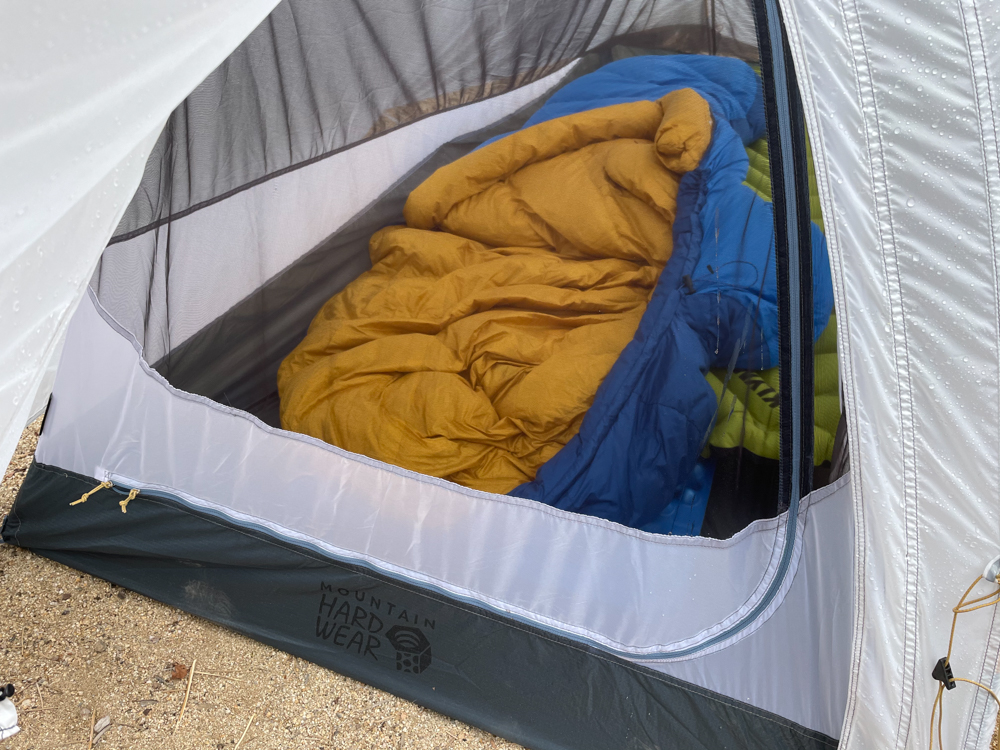
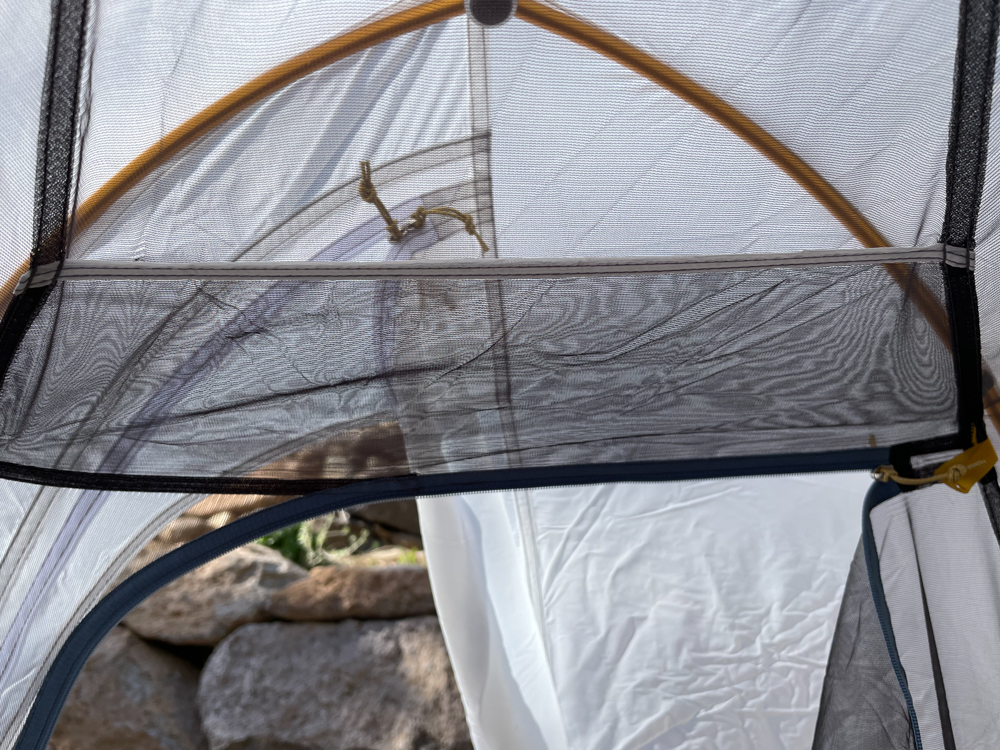

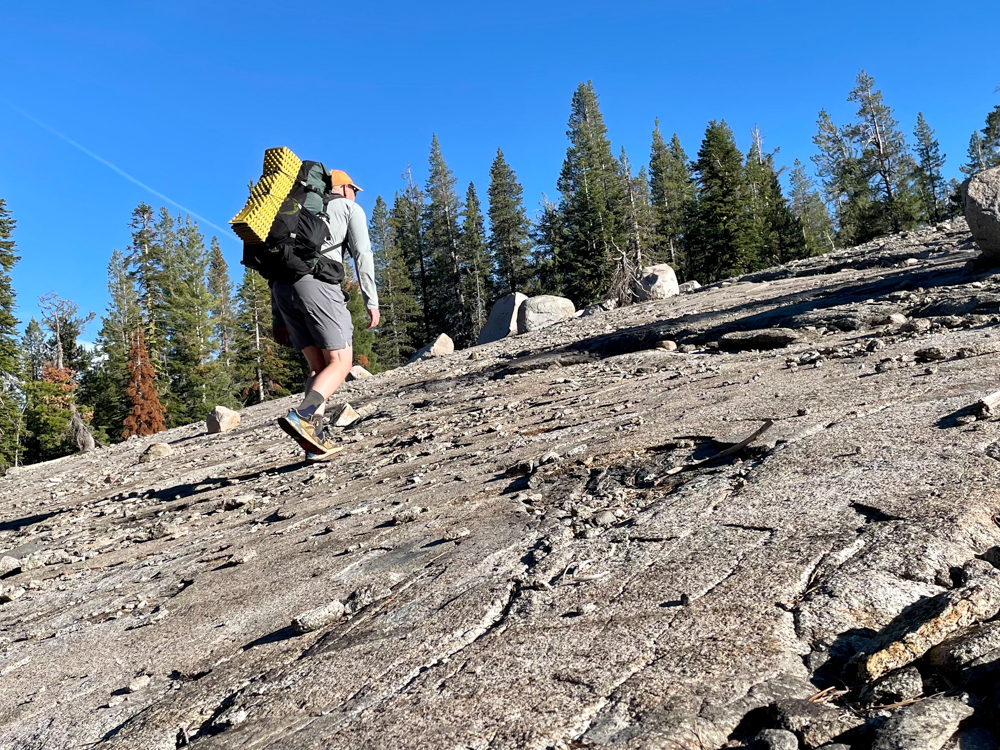
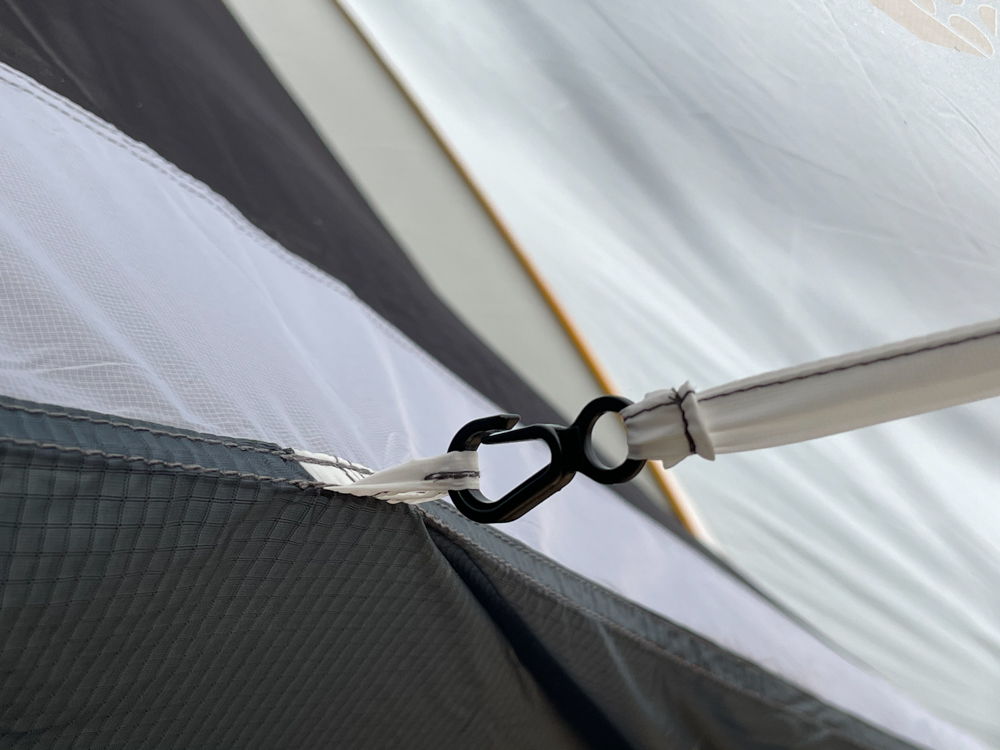
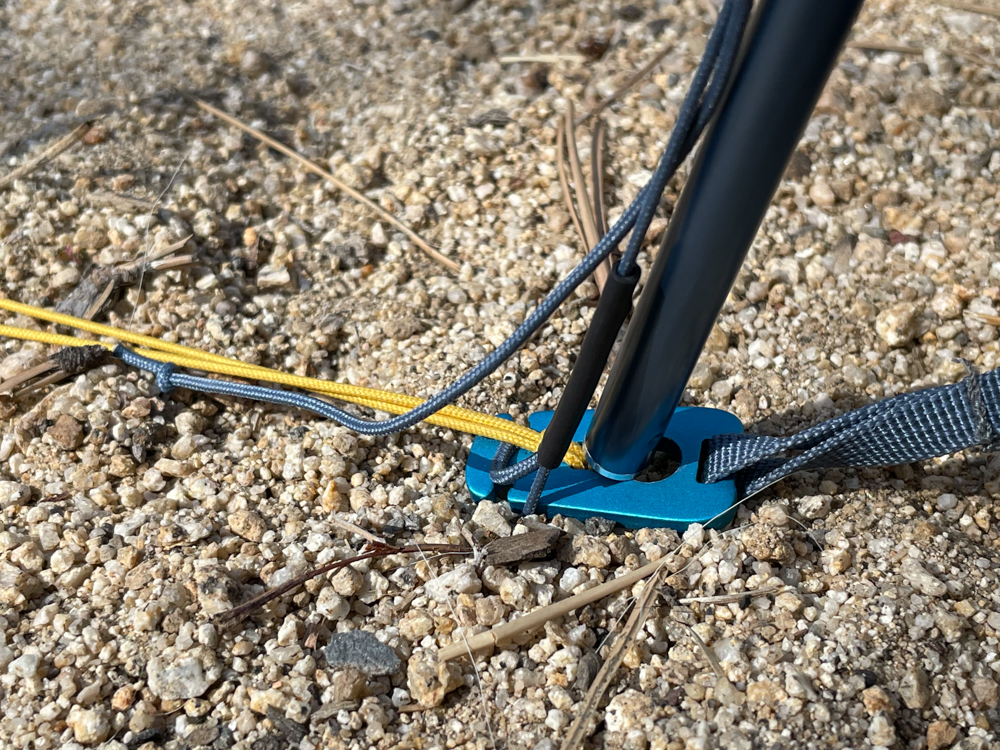



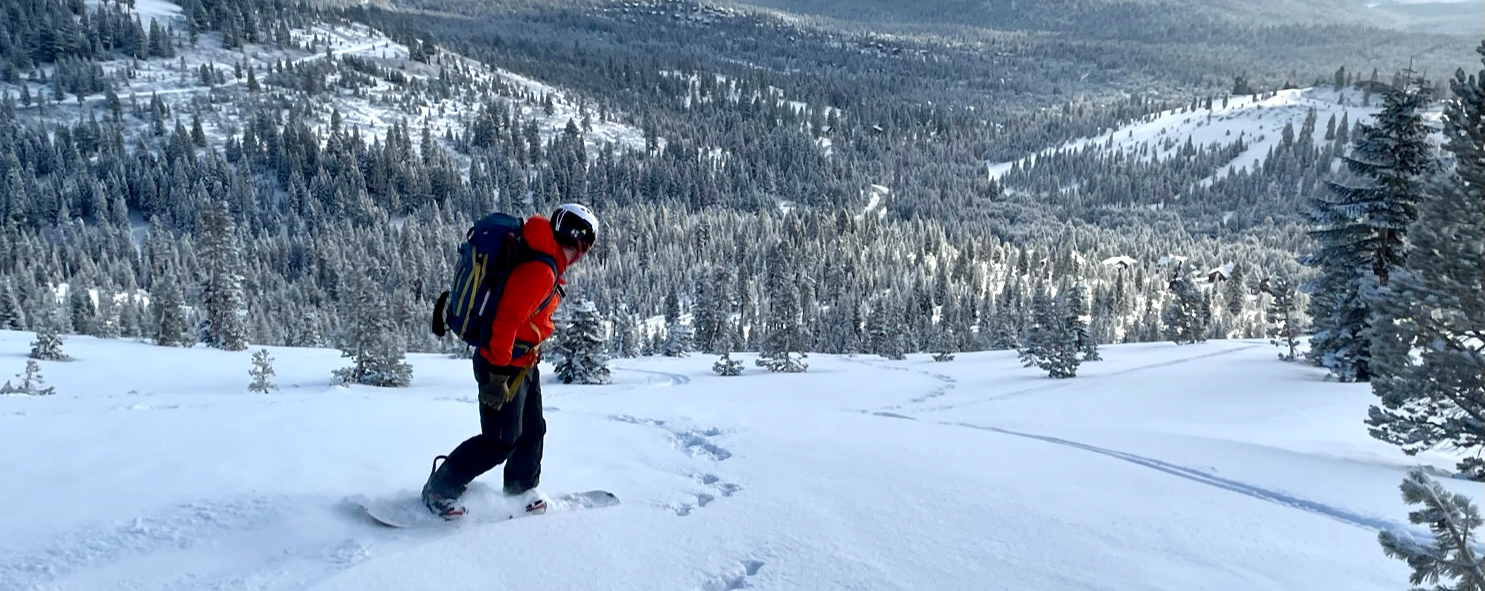
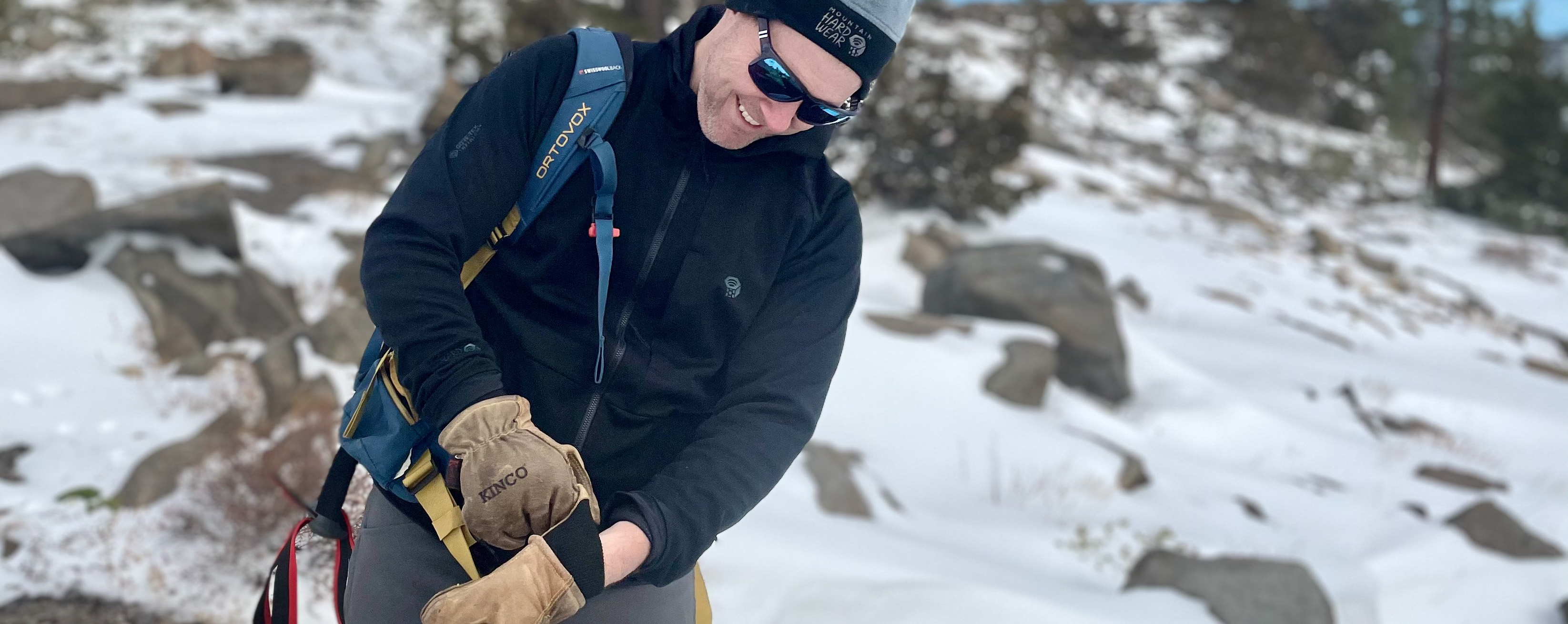
Hello, Possible to set up flysheet only with the footprint for a “fast and light use” ?
Thanks !
Hey Rolland, thanks so much for reading.
So, no, the flysheet won’t setup on its own, but that’s probably for the best. It’s already a very lightweight setup, and I continue to be surprised at how small it packs. I used it this weekend on a guided trip and it fit in my pack’s exterior pocket. Plus, the mesh inner is a nice bit of protection from bugs, etc. Let me know if I can answer anything else for you.